About Steinberg Cubase
As a software specialist, I have had the opportunity to explore and test various products in the industry. One of the latest tools that caught my attention is Steinberg Cubase 12. In my experience, this software offers a wide range of features and capabilities that are essential for any music production project.
When I tried out this product, I was impressed by the seamless code license activation process. The software activation code and elicenser control center made it simple to download and access the program. Additionally, the Steinberg Download Assistant provided a convenient platform for obtaining the necessary files.
According to our experience, navigating the Steinberg Forums and obtaining a new activation code through the registration process was straightforward. The reactivation and management of the product through the mysteinberg account and Steinberg Activation Manager were also hassle-free.
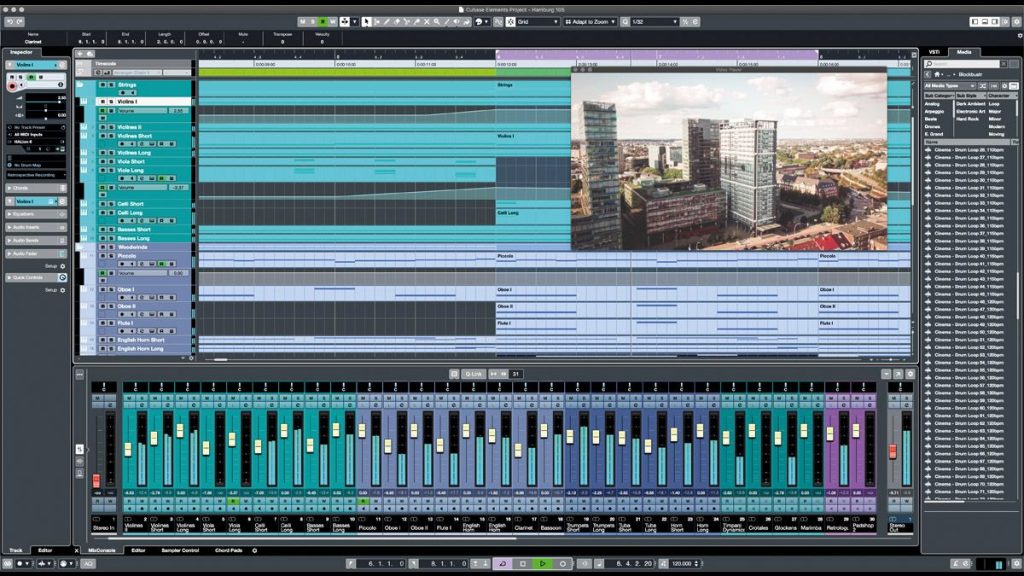
Technical characteristics
- VST3 support – Latest VST plugin standard allows improved performance and features.
- Chord Track and Pads – Enables intuitive chord entry and harmonies via MIDI keyboard.
- Advanced audio editing – Tools like audio quantizing, pitch correction, crossfades, and more.
- MIDI editing and quantizing – Comprehensive editing tools for manipulating MIDI data and performances.
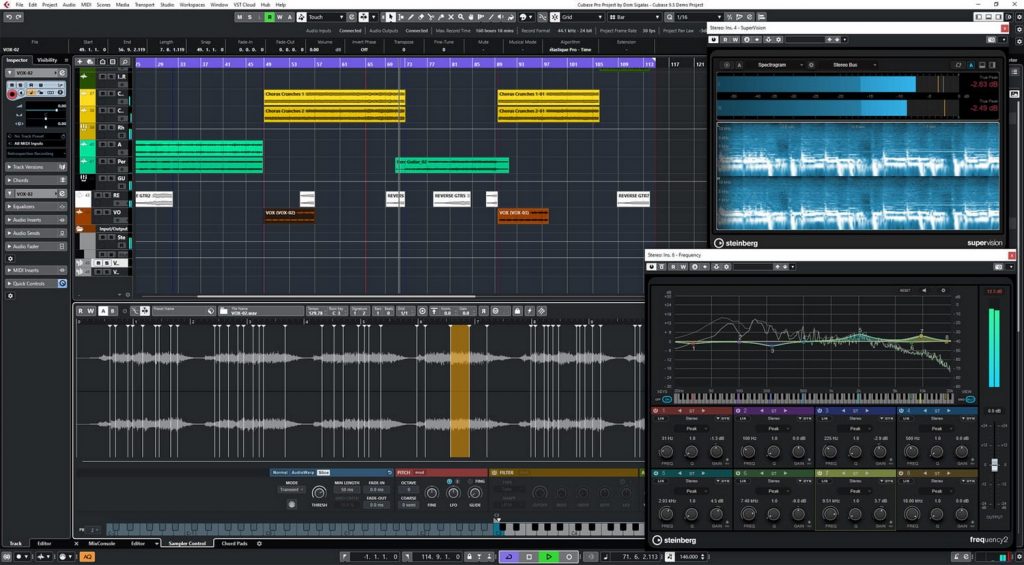
What are Steinberg Cubase key features?
Advantages of Steinberg Cubase
- Smooth and efficient workflow – Once you learn it, operations become quick and intuitive. Very customizable.
- Industry standard DAW – Used by many professional producers and artists. Great compatibility and support.
- Great for MIDI and VSTs – Powerful MIDI editing capability and VST3 plugin support.
- Full-featured mixer – The integrated MixConsole has all the routing, effects, and automation you need.
Disadvantages of Steinberg Cubase
- Steep learning curve – Can be very daunting for beginners due to the depth of features and complex menus.
- Demanding on computer system – Uses a lot of processing power for best performance.
- Overkill for simpler projects – Not as streamlined for basic productions compared to Ableton Live etc.
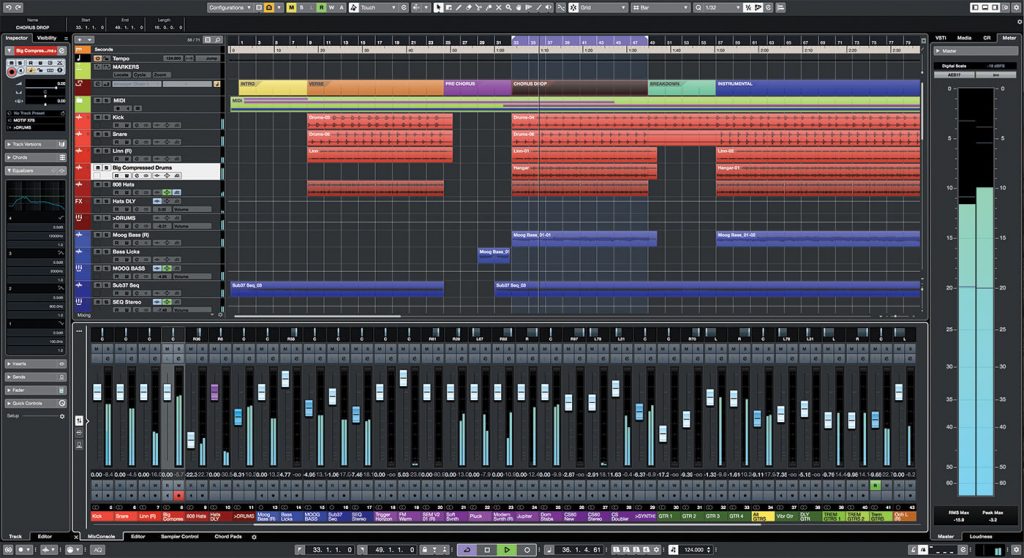
Steinberg Cubase System Requirements
- Supported Versions: Windows 10 (64-bit only)
- Processor: Intel or AMD multi-core processor
- RAM: 16 GB (32 GB or more recommended)
- Storage: Minimum 5 GB hard drive space

How To Install Steinberg Cubase
- Step
Run the Cubase installer .exe file and allow it to extract the program files. Follow the on-screen prompts.
- Step
Select the components you wish to install like sound libraries, presets, etc. The typical installation works for most users.
- Step
Choose the installation location/folder for Cubase. The default location is fine for most users.
- Step
After installation, launch Cubase. It may first prompt you to enter your license information.
- Step
Enter your license email and activation code from your purchase receipt when prompted. Click Activate.
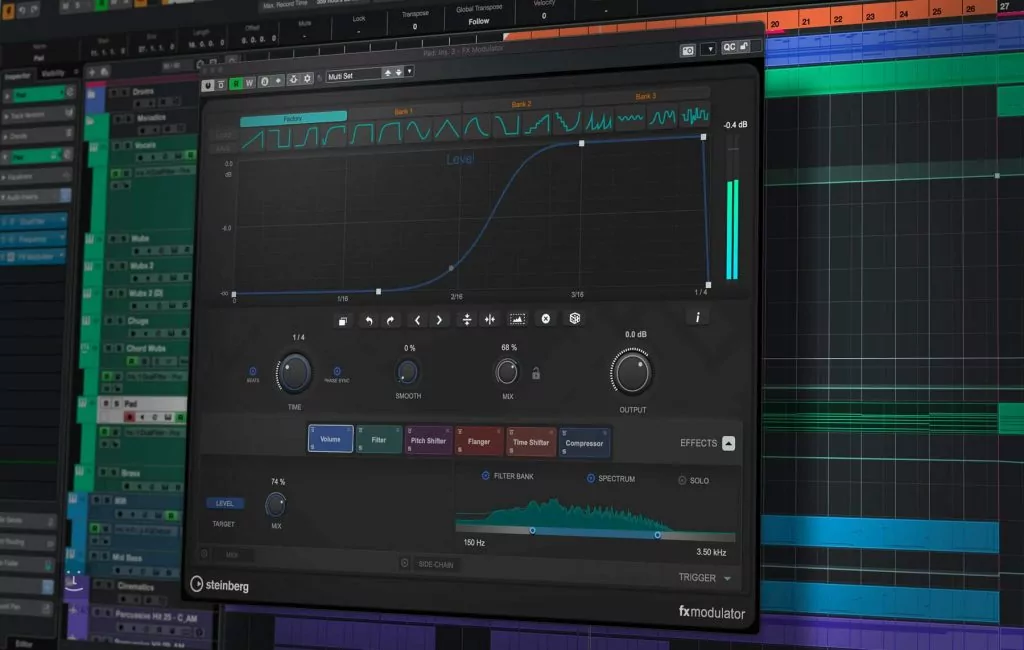
Activation keys for Steinberg Cubase
- SH9O6-51K9N-7EP4B
- 25Q2S-ES3S8-L396F
- 9MR12-NHB1L-DA454
- H8AM7-43RLG-73J3C
- AH89N-7CA58-2D573
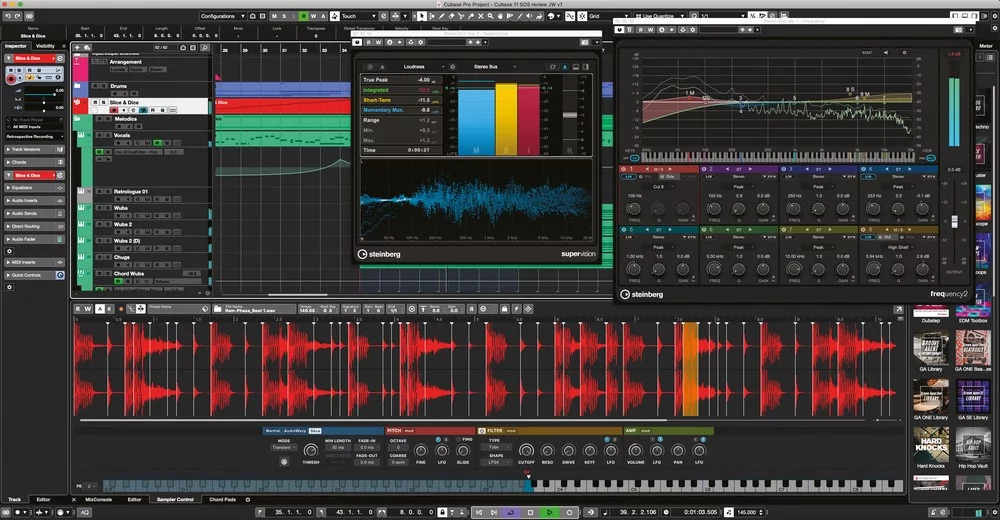
Alternatives to Steinberg Cubase
- Avid Pro Tools – Industry standard DAW, best for recording/mixing. Powerful audio editing features.
- Cakewalk by Bandlab – Fully featured DAW available free of cost. Good entry-level option.
- Reaper – Extremely customizable DAW with affordable license fee. Caters to power users.
- Bitwig Studio – Hybrid music production and live performance software with cutting edge features.
- Harrison Mixbus – DAW focused on analog console workflow and tape-style mixing.

What’s new in Steinberg Cubase?
As a software specialist, I am excited to share the latest updates in Steinberg Cubase. One of the notable changes is the implementation of a new licensing system, which requires users to enter an activation code to get a new license. This new system utilizes a soft-elicenser, offering more flexibility in managing licenses for the Steinberg products.
Additionally, the latest version of Cubase, Cubase Elements 11, has been released, offering new features and improvements for music production. Users can now download the software and obtain an activation code to authorize and activate the product.
With the new Steinberg licensing system, it is easier to install Cubase and manage licenses through the Steinberg account. For those just starting out, getting Cubase LE has also become more straightforward, as users can now easily obtain a serial and download access code for activation.
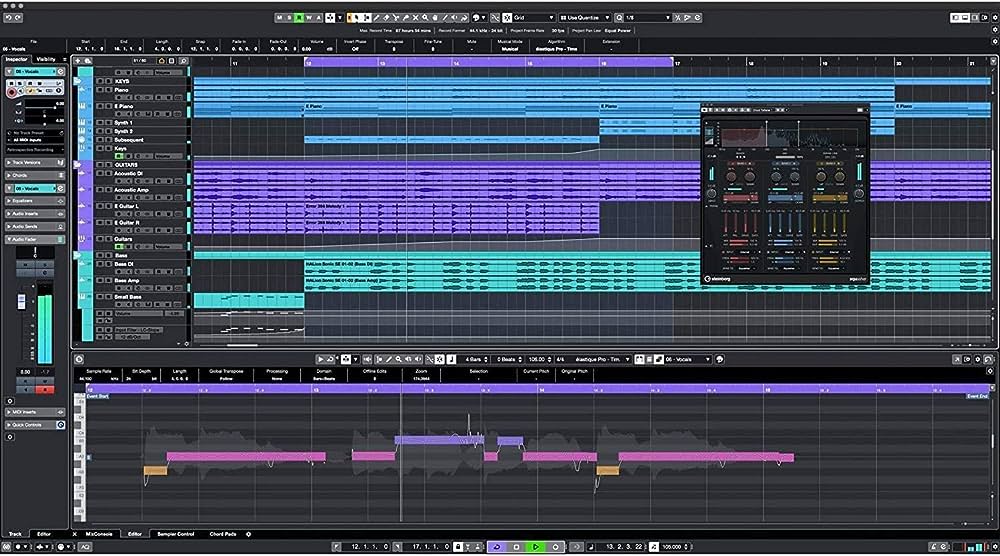
FAQ
A: No, Cubase is a Windows-only DAW. The Elements version is available for MacOS but other Cubase versions are Windows exclusive.
A: Yes, Cubase works with VST2 and VST3 plugins from any developer. You can use thousands of third-party instruments and effects.
A: Cubase is known for its advanced MIDI and composition features, deep pro-audio editing and processing, pristine sound quality, and VST3 support. The learning curve is steeper than simpler DAWs.
Conclusion
As a software specialist, I have thoroughly evaluated Steinberg Cubase and have come to the conclusion that it is a powerful and versatile tool for music production. The steinberg software offers a wide range of features and capabilities, and with the support of steinberg support, users can easily navigate the activator and authorization process. I
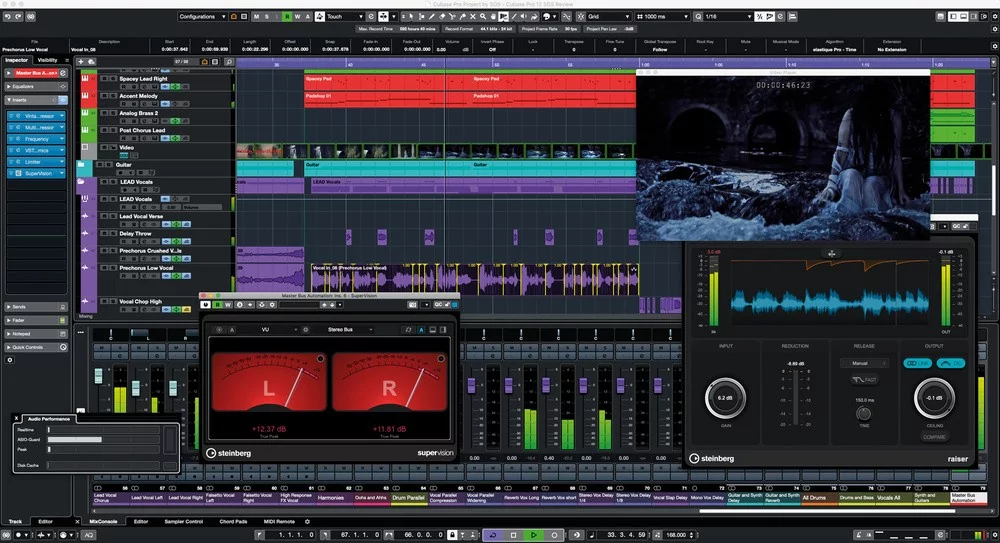
t is important to note that attempting to hack or manipulate the cubase activation code is not only unethical, but also ineffective, as Cubase uses steinberg licensing for validation. Upon purchase, users will need to enter their activation code and manage their license through the elicenser control, ensuring that their copy of Cubase is legitimate.
The process of using the steinberg activation manager to download and activate the software is straightforward, and it is crucial to understand that codes can only be used for a single activation. Overall, based on our observations, Cubase 11 and Cubase Elements 12 are reliable and effective tools for music production when used in accordance with steinberg’s licensing policies.
